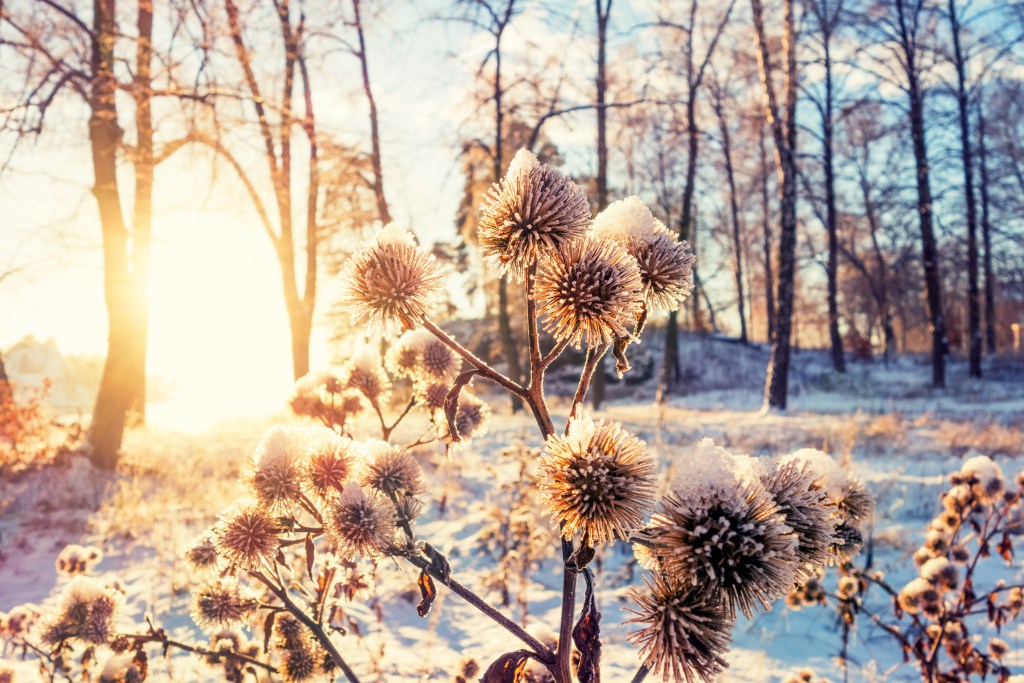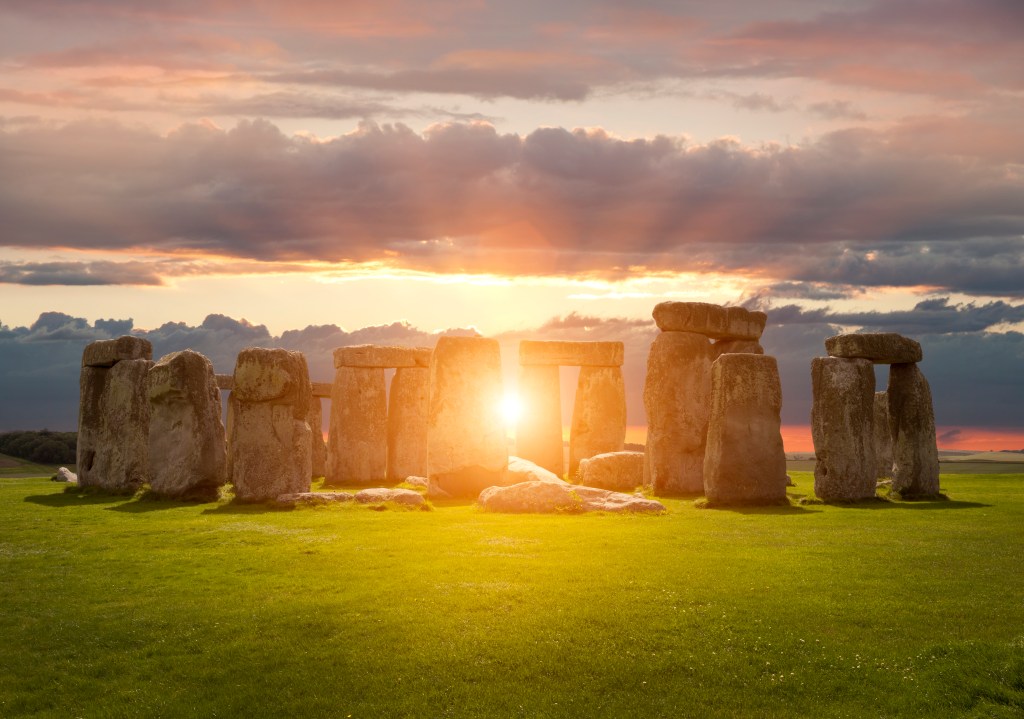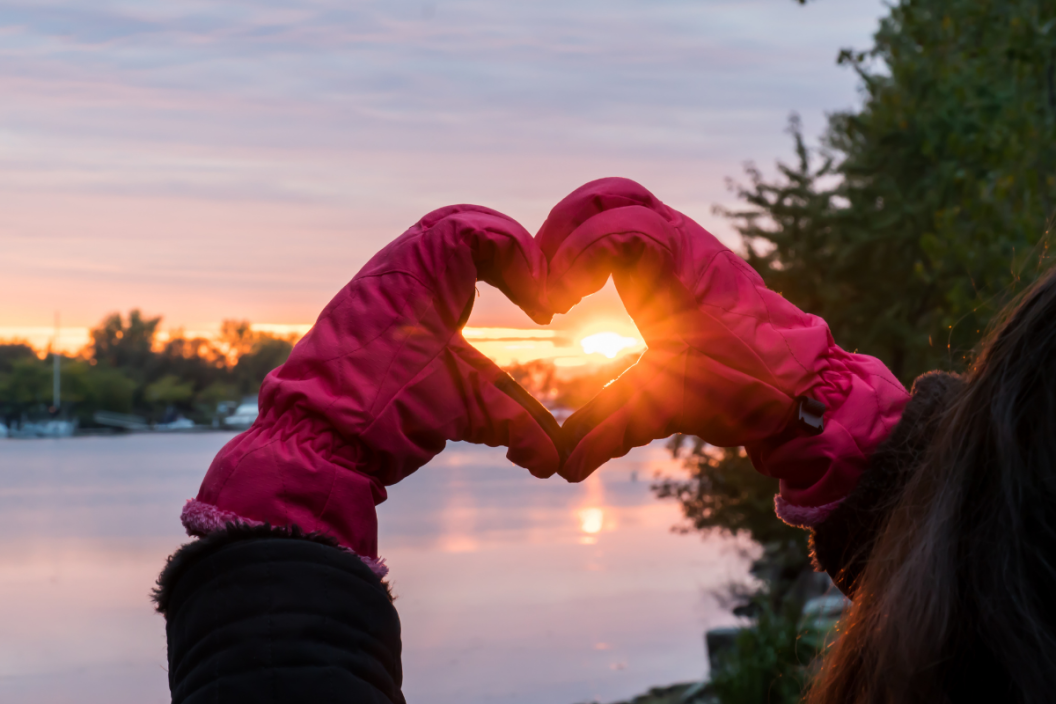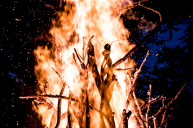As the new year approaches, the days get shorter and shorter until we reach the shortest day of the year, also called the winter solstice. This natural event has been celebrated throughout time in many ways, from taking baths with citrus fruits to decorating trees with celestial decor. Here's how to celebrate winter solstice to welcome the return of the sun and embrace the start of winter.
Videos by Wide Open Country
What is the Significance of Winter Solstice?

Getty Images/ROMAOSLO
Winter solstice, also called December solstice, midwinter, Yule, the beginning of winter, and the hibernate solstice, occurs on the longest night of the year. The reason for this goes back to middle school science class- remember how the earth tilts at an angle toward the sun? Throughout different times of the year, different parts of Earth are most tilted toward the sun, and when this happens, the days are longer and the nights are shorter.
Because of this, the Northern Hemisphere (where we live) experiences the shortest day of the year at the same time that the Southern Hemisphere enjoys the summer solstice, which is the longest day of the year.
Beliefs Surrounding the Winter Solstice
This phenomenon was observed in ancient times, and ancient Pagan cultures formed their own beliefs and traditions surrounding the longest night of the year and celebrating the sun god. The Norsemen of Scandinavia believed that the sun was a wheel that changed the seasons. The Norse word for wheel is "houl," and this is the origin of the word "yule."
During mid-winter, the Norsemen celebrated the changing of the seasons with bonfires, stories, and sweet ale. The ancient Romans also had a winter solstice celebration called Saturnalia, when all the rules of society were switched. As for the Druids, who were Celtic priests, they would give mistletoe out as blessings, since the fruit of the mistletoe was considered a symbol of life.

Getty Images/AndyRoland
The Druids were also those who started the Yule log tradition. They believed that the sun stayed in the same place for twelve days during this time of year, and the log was used to vanquish the darkness, fight against evil spirits and provide good luck for the new year. In current times, we continue these celebrations in a number of ways, using this moment in the natural world as a turning point and a time for new beginnings. Many Pagans and Druids visit Stonehenge in England, to celebrate the rebirth of the sun.
The Hopi Native Americans celebrate Soyal, a winter solstice ceremony focused on purification and awakening the sun from its slumber. In fact, many modern-day Christmas traditions come from ancient Pagan traditions surrounding the winter solstice. Winter solstice usually occurs around December 21st and 22nd in the Northern Hemisphere, and between June 21st and 22nd in the Southern Hemisphere. This year, it falls on Tuesday, December 21st at 12:59 PM PST, or 3:59 PM EST.
Winter Solstice Traditions
There are many ways to celebrate the winter solstice, many focused on light and new beginnings. Here are 6 ways to welcome the sun's light back into your life after the longest night of the year.
1. Make Solstice Lanterns
Solstice lanterns symbolize light, signifying that our light can shine even in the darkest of times. Here's how to make DIY winter solstice lanterns with twigs, leaves and tissue paper.
2. Decorate an Outdoor Edible Tree
One tradition that goes far back is that of decorating an outdoor tree with edible ornaments to feed the animals. Make edible ornaments like peanut butter pinecones, citrus bird feeders, seed ornaments, and popcorn cranberry garlands. Hang them on a tree outside and watch the animals enjoy!
3. Drink Wassail
Wassail is a traditional winter solstice drink, perfect for long, dark, chilly nights. It's made with apple cider, cranberry juice, allspice berries, cloves, cinnamon sticks, orange peel, and apples. Add a splash of brandy to make the dark night go by even faster. Here's a recipe.
4. Let Go and Set Intentions
The winter solstice is a new beginning of the natural world, so it's the perfect time to reflect, let go of things that aren't improving your life, and set intentions for new practices, habits or ideas you'd like to incorporate into your life. Write what you'd like to let go of on little pieces of paper, and throw them into the Yule log fire. Then, set intentions for the new year, whether you'd like to improve your wellness, start a new spiritual practice, or react differently to certain situations.
5. Make a Winter Feast
Making a feast is a winter solstice tradition that has been celebrated across many cultures as a way to get through the dark night. Since the winter solstice happens at the end of harvest season, many families celebrate with harvested seasonal foods. Enjoy your favorite comfort foods and make your family recipes as you welcome the rebirth of the sun.
6. Create Something to Honor the Sun
https://www.instagram.com/p/CXt1riVlqDJ/
The practice of gift-giving goes back to the winter solstice tradition of giving presents to loved ones. When gift-giving for the winter solstice, make something from hand that honors the sun or the natural world. Making a wreath is a popular way to do this, or you can paint something natural or do flower-pressing. Here are some ideas.




